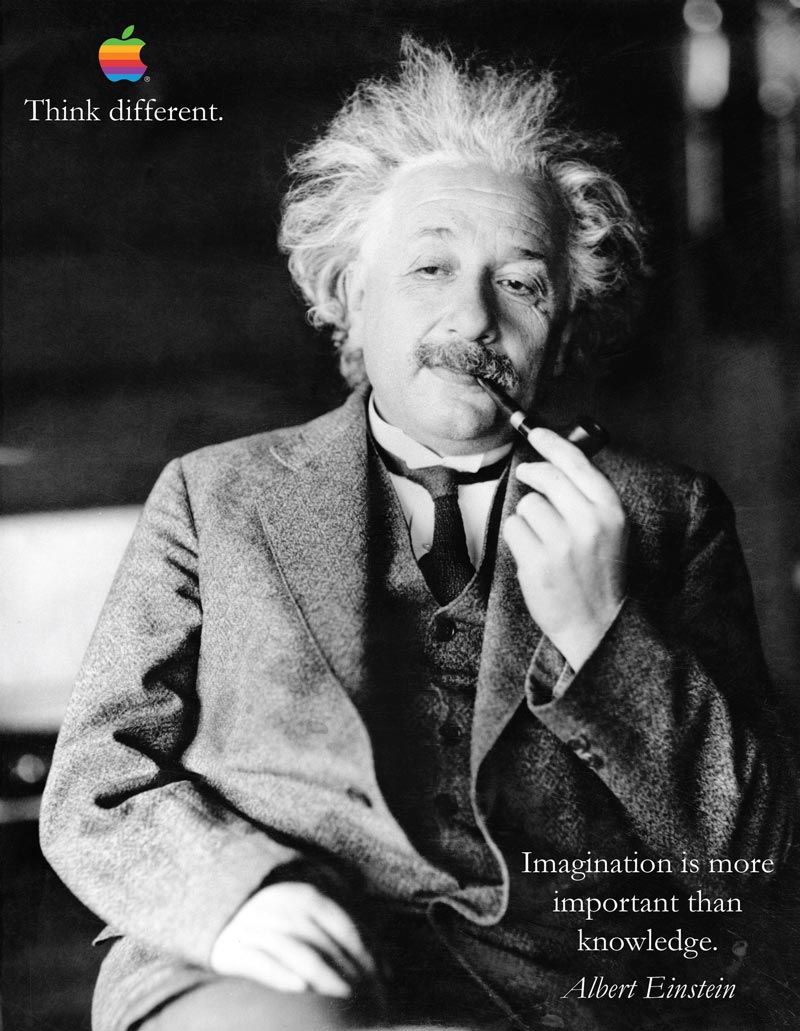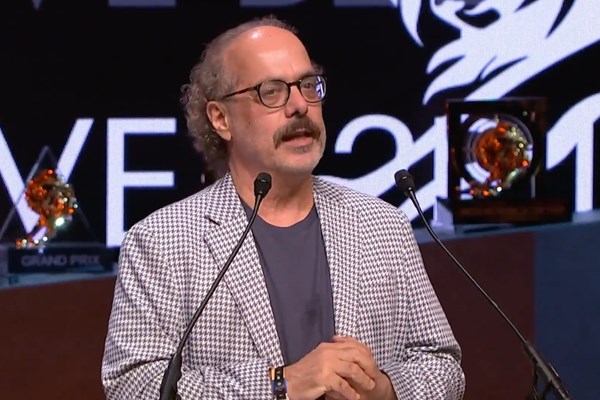Many ages ago – in the Pre-Modern era of a rapidly evolving world – there existed a fabled place. It shimmered with an almost incandescent energy. Magicians ruled this place with just enough madness in their minds and science in their back pockets to create kingdoms overnight. Was this sorcery? The black arts? Or was it merely the high-octane fuel of wildly abundant martinis?
The fabled place was “Madison Avenue.” The birth place of advertising as we have since come to know it. And it was quite a place – more a state of mind and craft than a literal, physical location.
There’s a famous story at the start of it all. In 1919, Eddie Bernays (Sigmund Freud’s nephew) introduced the business world to psychoanalysis and Freud’s “Self.” He showed cynical corporations they could sell products by connecting them with people’s unconscious feelings. Crazy shit.
Many corporations, then as now not always known for their progressive worldviews, thought Eddie needed his famous uncle’s help in the worst way. Then again, many thought his uncle Sigmund was the one who really needed help.

Anyway, the behavioral fairy dust Bernays sprinkled landed with considerable impact. Among the earliest and most successful applications of his approach was a program to expand the market for Lucky Strike cigarettes. The challenge was to get the nonsmoking female half of the U.S. population to start smoking. To do so, Bernays consulted with a psychoanalyst who told him that, to women, cigarettes symbolized male power. ‘Awesome insight’, said Bernays. And the rest is history: women got hooked and Lucky Strike doubled its market share. Go Big Tobacco! Go Madison Avenue!!
This and other campaigns started an avalanche of iconic advertising from the fertile and febrile minds of the real Don Drapers of that time. The Pre-Modern era of creativity was off to the races, powered by behavioral psychology and intuitive genius, and perhaps culminating with Apple’s “Think Different” campaign.

Created by TBWA\Chiat\Day, “Think Different” literally changed the arc of Apple’s brand and business, both of which had been battered by Microsoft Windows. It marked Apple’s re-emergence as a marketing powerhouse by re-connecting the brand with the counter-culture genius of its earlier days. If you haven’t watched Steve Jobs talk about “Think Different, ” watch this clip. If you have, do it again. Gets me every, single time.
But soon enough, Pre-Modern magic gave way to the rise and rise and rise and rise of digital. Marketers in turn entered a Modern era lured by unprecedented measurability.
“People lost sight of the fact that we can make really cool and intuitive and fun and interesting things, and still have the technology to make it structured, shareable, measurable and multidimensional.”Mike Ruby, Stein IAS' Chief Content and Experience Officer
Nowadays, though, I believe we’re entering the next natural stage of marketing’s evolution – what I call the Post-Modern Marketing era. It marks a return to the true path, with marketers re-learning to trust their intuition when it comes to ideas resonant with human emotion. Yet, it carries forward Modern Marketing’s technology and structure. It’s the best of those preceding eras and it will be better than both.
As my pal and colleague, Mike Ruby, Chief Content and Experience Officer at Stein IAS, puts it: People lost sight of the fact that we can make really cool and intuitive and fun and interesting things, and still have the technology to make it structured, shareable, measurable and multidimensional.” Smart guy, Ruby is. And right he is, too.
Chapter 1 of my book-in-progress, Paradox: Feeling Machines and the Rise of Post-Modern Marketing, addresses the Pre-Modern Marketing era in detail. You can read it here. Let me know what you think!



